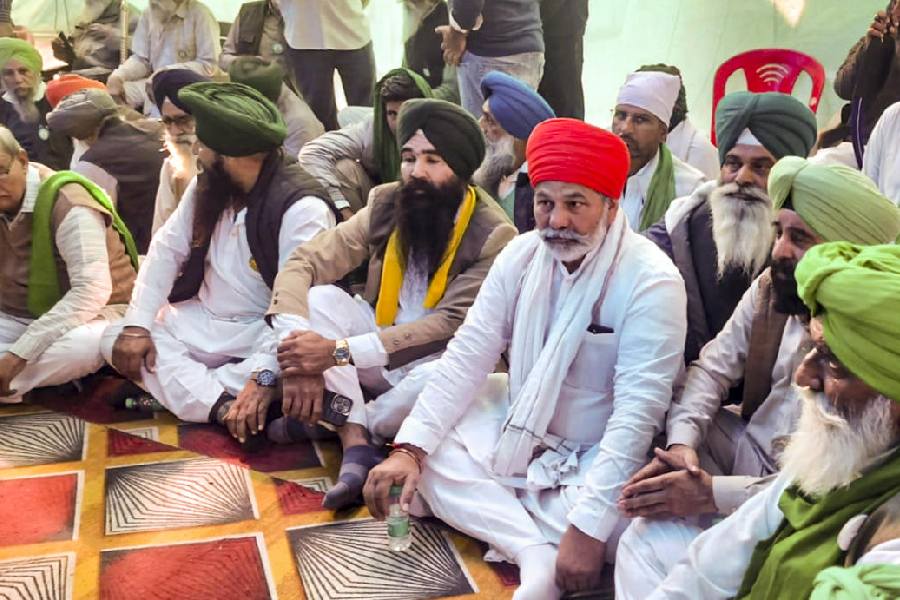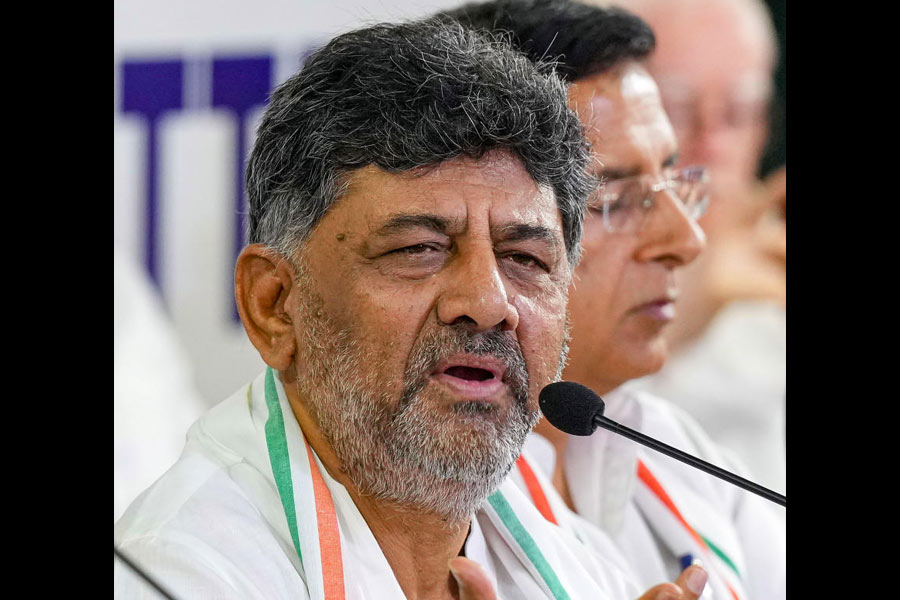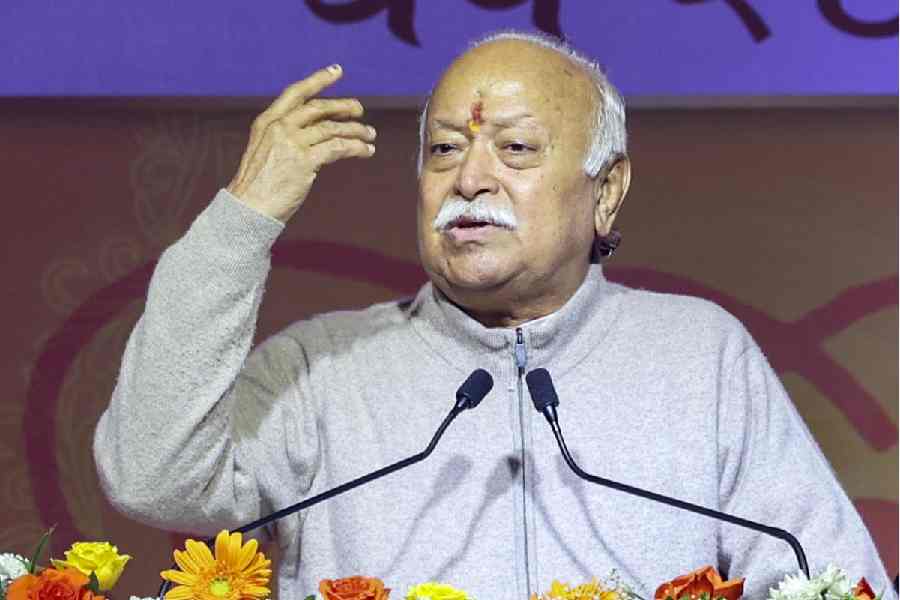Iceland is a citadel built from volcanic fire. Its residents are familiar with their country’s frequent volcanic eruptions, most of which are more beautiful than bothersome. But in 2021, the nation was left awestruck when part of a long-dormant corner of the island burst into magmatic flames, starting a fire that could burn for decades to come.
“This was so strange at the beginning,” said Rebekka Hlin Runarsdottir, a geologist and technician at the University of Iceland.
It’s been 800 years since the southwestern Reykjanes Peninsula was host to active streams of lava. Hoping to find out why volcanism has reemerged there, scientists are snatching samples of molten rock whenever it bleeds out of the crust.
A goal of all this lava sampling is to keep people out of harm’s way. The peninsula’s eruptions aren’t coming from preexisting volcanoes but from stealthier fissures capable of appearing wherever they like. Ancient volcanic scars all over Iceland suggest much of Reykjanes is potentially at risk.
The earliest outbursts started in uninhabited valleys next to a mountain named Fagradalsfjall. But since late 2023, the fissures appeared in Svartsengi, which contains a major geothermal power plant and the town of Grindavik.
As shifting magma has caused the ground above to inflate, deflate, tremble and convulse, scientists have tracked its subterranean migration with remarkable precision. Consequently, authorities have managed to get everyone to safety before each new eruption.
But other questions remain unanswered. Why has Fagradalsfjall given the limelight to Svartsengi? Will other fissure networks awaken across the peninsula, including those close to capital Reykjavik?
The scientists hope there are clues in the lava collected. Lava isn’t homogeneous but a soup of trapped gases, liquids and iridescent crystals that preserve a record of its genesis within, and journey through, the labyrinth below.
When a new eruption begins, scientists — including Alberto Caracciolo, volcanologist and geochemist at the University of Iceland — dressed head to toe in heat-resistant gear, rush to the scene and scoop up as much lava as they can carry. Runarsdottir is one of the researchers tasked with preparing these gathered samples for forensic examination.
Some samples are placed in resin-covered cubes that expose just the surface. These are used for quick-look analyses that help researchers answer: has the general chemistry of the lava changed since the last eruption? Is this business as usual, or is there something glaringly different?
Other samples are made into thin sections — slices of resin-enveloped rock — that showcase the lava’s glassy, kaleidoscopic innards. “I take days making a thin section,” Runarsdottir said. These are used to track intricate shifts in the peninsula’s volcanism. Telltale minerals, fluids, textures and hues in those crystalline prisons offer hints. Has the composition changed? Is the magma becoming gloopier, perhaps a little explosive? Or is it becoming runnier, allowing it to speed across the landscape?
The samples have revealed that the peninsula’s two active fissure systems have similarities in their chemical makeup, suggesting they were both cooked in the same deep geologic oven.
Despite a shared geologic origin, the two volcanic systems are distinct. Fagradalsfjall’s eruptions tapped molten rock that shot straight up from the boundary between the crust and the mantle.
Conversely, in the middle of the crust below Svartsengi, there are interconnected magmatic caches, each featuring a novel chemical concoction. “It’s not a single magma chamber but something more complicated and dynamic,” Caracciolo said. Sometimes, these eruptions are fuelled by a single cache. At other times, multiple caches let loose simultaneously.
Volcanologists are only just starting to understand what’s going on beneath Reykjanes. “Each eruption is showing us something different,” Caracciolo said. All they can do is chase that lava around the peninsula while more layers of vermilion are added to this ever-changing castle rising above the sea.
NYTNS











